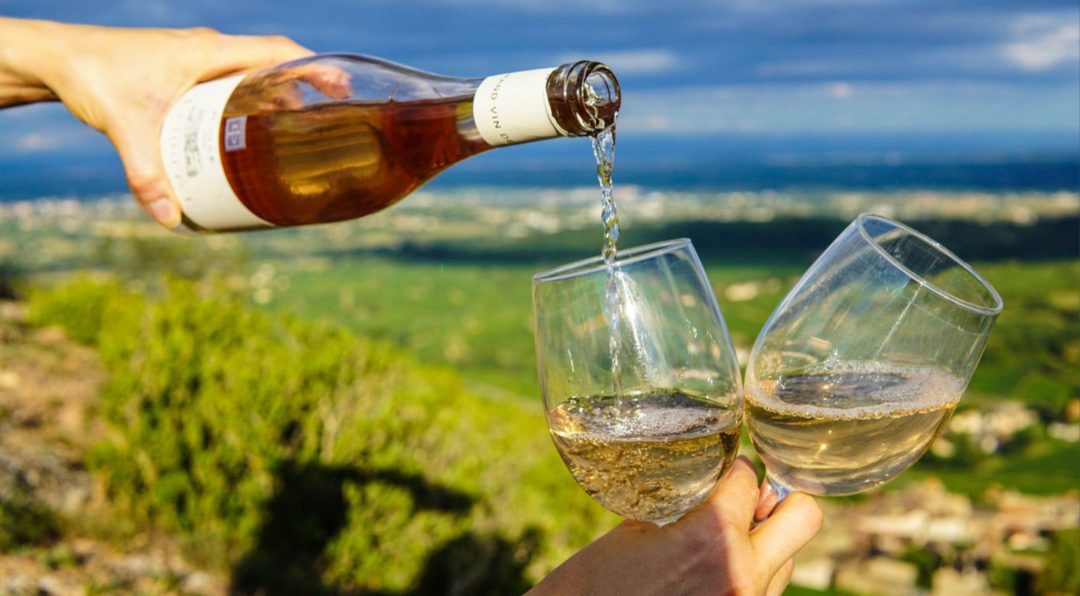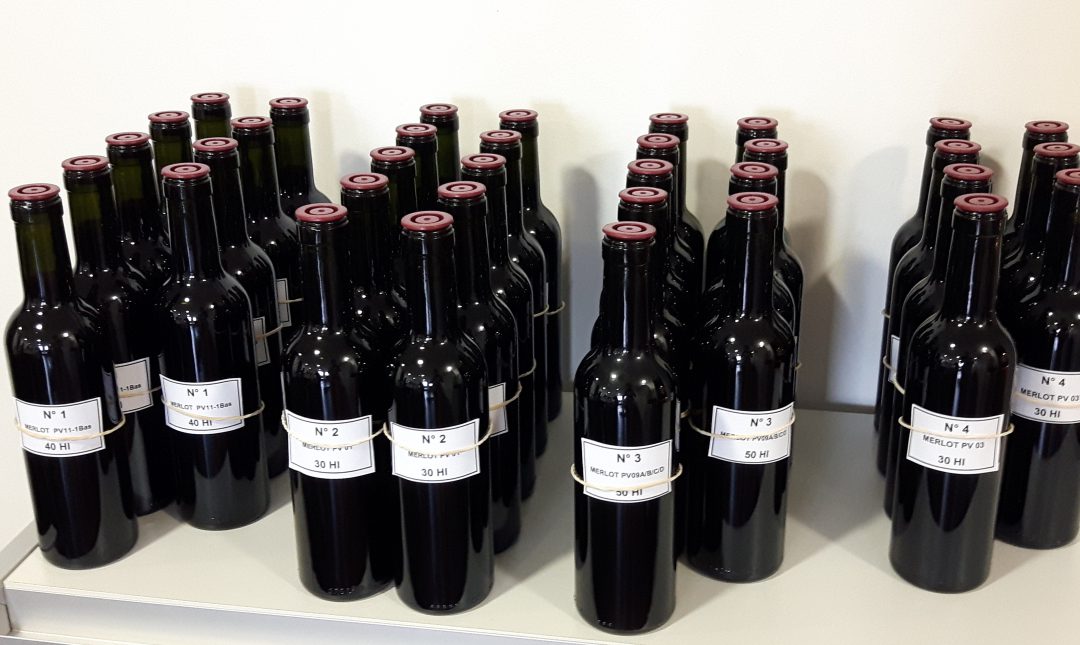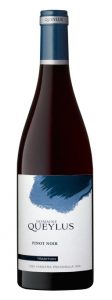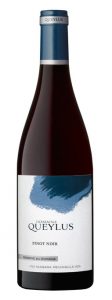Remember when you were a kid, and your mum would help you make lemonade on a hot day? You would get a little table ready with your cups, your pitcher of juice, and your home-made “Lemonade for sale” sign.
The adults would dutifully line up, buy a cup, and make jokes about how it was so hot you could fry an egg on the sidewalk.
Stepping out into the searing heat that is Montréal this week, I wouldn’t be surprised to see some street omelettes forming…that is, if it weren’t for the tropical humidity.
So, for those of us who have moved on from lemonade, what wine should we drink to beat the heat?
Lemonade is high in acidity, and generally served ice cold. This makes it thirst-quenching, with a cooling sensation. When choosing wine for a hot summer’s eve, this same refreshing quality is a must.
Look for wines that can be chilled down to 8 to 12°c. These tend to be lighter in body, and predominantly white or rosé in colour. Combine this with crisp, lively acidity, and tart fruit flavours, and your palate is sure to feel invigorated.
Sound good? Not so fast…
Our bodies produce sweat to cool us down in hot weather. This process dehydrates us, so we need to drink more. Alcohol is a diuretic. It makes us ***ahem*** expel more liquid than we are taking in. Drinking lots of alcohol in hot weather is never a good idea.
Still want that glass of wine? I know I do. Lucky for us, there are lots of fantastic grapes/ regions producing lower alcohol wines. Here are but a few:
Vinho Verde
This wine style hails from the cool, rainy northwest of Portugal. While its literal translation is “green wine”, the name refers to the youthfulness of the wine, rather than its colour. Vinho Verde is bottled a mere 3 to 6 months after harvest.
Vinho Verde can come in white, rosé, and red. The most popular exported style is white wine. It is made from a blend of indigenous white grapes including Alvarinho, Avesso, Azal, Arinto, Loureiro, and Trajadura. Vinho Verde generally has subtle effervescence, tangy acidity, a light, delicate structure, and low 8.5 to 11% alcohol. Aromas and flavours are usually quite restrained, ranging from marginally ripe stone and citrus fruit, to floral, and sometimes mineral nuances.
Value to Premium Recommendations: Aveleda (for good value), Quintas de Melgaco (Astronauta series, for high quality)
Niagara Riesling
German Riesling is an obvious choice for high quality, lower alcohol white wine with racy acidity. To read more about this, click here.
But perhaps you don’t think of the Niagara region when you reach for a Riesling? This is a situation which needs to be rectified…immediately. Niagara produces some beautifully precise, bracing, light-bodied Rieslings in styles ranging from bone-dry to subtly sweet. Highly aromatic, brimming with lemon, apple, peach, and sometimes tropical fruit notes, these wines are dangerously drinkable. 10.5 to 12% alcohol is the norm.
Value to Premium Recommendations: Cave Spring, Tawse, Henry of Pelham
Prosecco
If it’s bubbles you are after, Prosecco often sits at a modest 11%. Made from the Glera grape in the north east of Italy, this frothy semi-sparkling wine is softer on the palate than Champagne or Cava. It boasts fresh acidity, pretty pear, peach, and floral aromas, and a very light palate profile.
Be sure to read the label before picking up a bottle though, as the term “dry” is actually (confusingly) used for the sweeter styles. If you want something literally dry, look for the word “brut”. A subtly sweet style will be called “extra dry”.
Brut to Dry Recommendations: Bisol “Crede” (brut), Adami “Vigneto Giardino Rive di Colbertaldo” (extra-dry), Marsuret “II Soler” (dry)
What about Rosé?
My favourite rosé wines are generally from the sunny south of France or similarly hot regions. Alcohol tends to creep up to 13% or higher here. I would be lying if I said this stopped me, but I definitely try to keep better track of consumption when imbibing the pink stuff.
Value Recommendations: Louis Bernard Côtes du Rhône Rosé (great value, SAQ Dépôt), Château de Nages Vieilles Vignes, S. de la Sablette Côtes de Provence
It’s Gotta be Red?
For you red wine lovers out there, lighter styles (~12%) with vibrant acidity, and mouthwatering fruit flavours can be found in Cabernet Franc, Gamay, and Pinot Noir. The Loire Valley and Niagara make great cool climate examples. Cabernet Franc has lovely raspberry fruit flavours, but can be quite vegetal (leafy, bell pepper notes). This quality can be very attractive, when amply balanced by fruit.
Beaujolais is king for the Gamay grape. Gamay features pretty red berry and violet notes. It ranges from light bodied, with silky tannins, to grippy and powerful. For the lightest styles of Beaujolais, look to the villages of Brouilly, Chiroubles, or Fleurie.
Cool styles of Pinot Noir can be found around the globe. Burgundy is the best known and arguably the finest region, but prices are creeping ever upward. For best value options, look for the generic, region-wide designation of Bourgogne AOC, or southern Burgundian village wines from Mercurey, Rully, or Givry.
All three grapes can be served quite cool, at around 14 to 16°c.
Recommendations: Agnes Paquet Bourgogne Rouge, Domaine Michel Juillot Bourgogne Rouge, Thierry Germain “Domaine Roches Neuves” Saumur-Champigny, Bernard Baudry Chinon.
Parting Thoughts
A glass of wine, a glass of water. This golden rule has always stood me in good stead on nights where temptation gets the better of moderation.
Santé!






